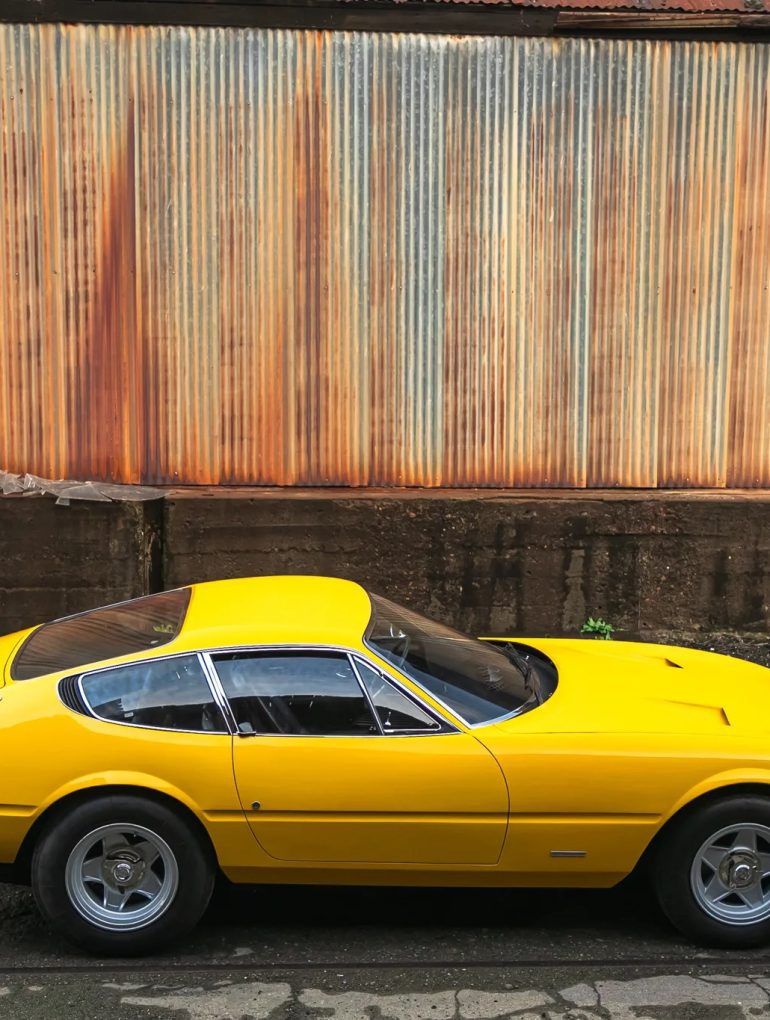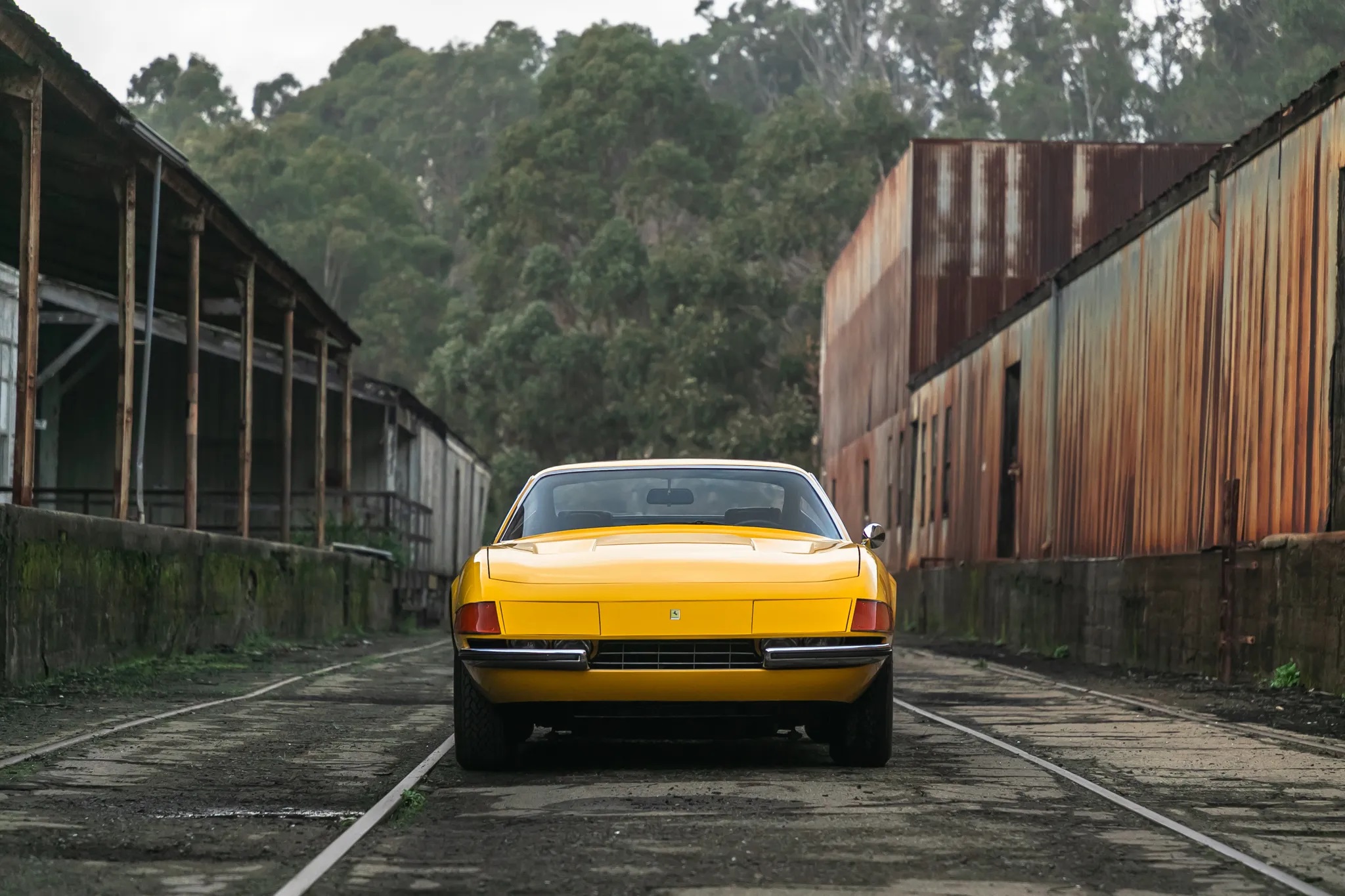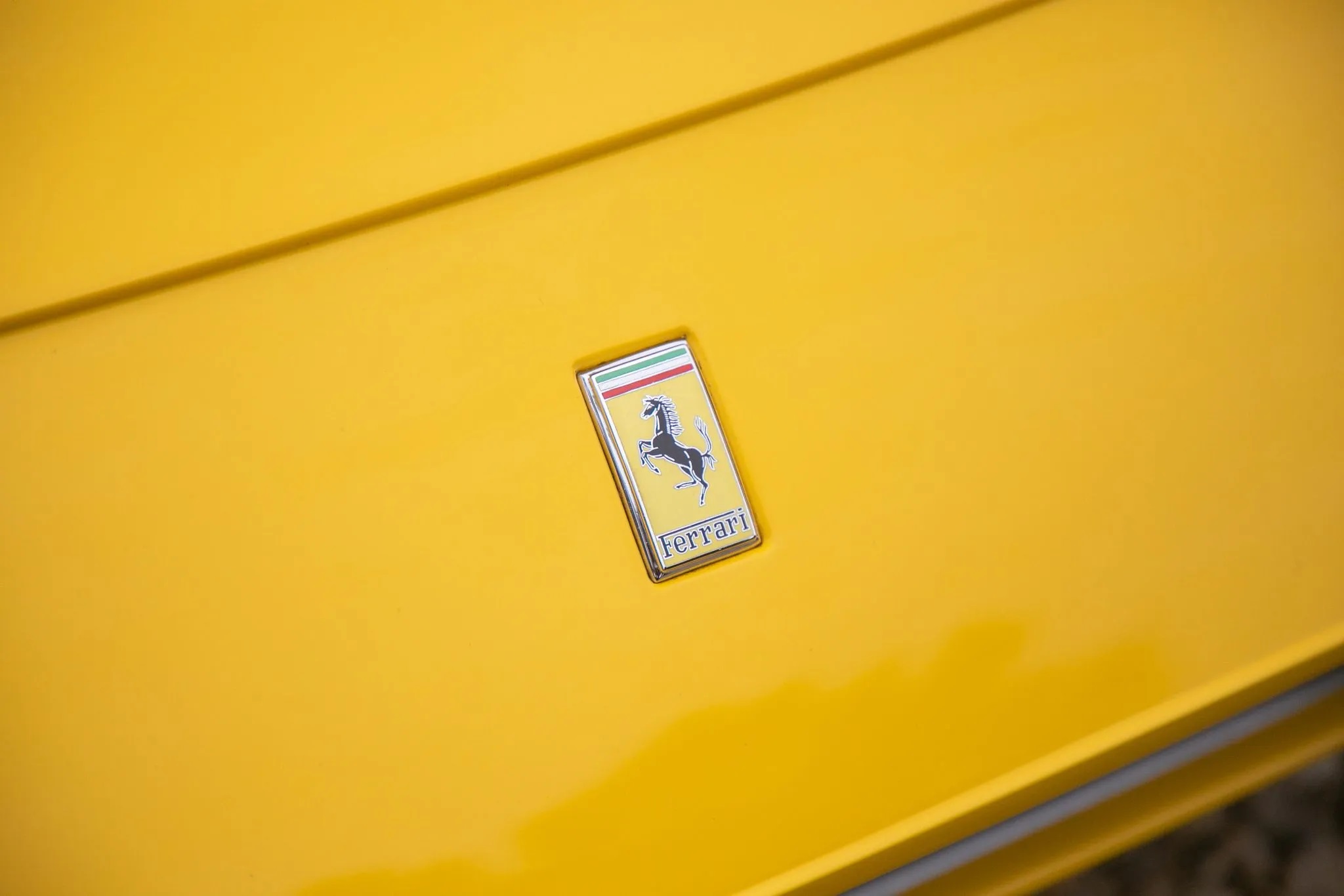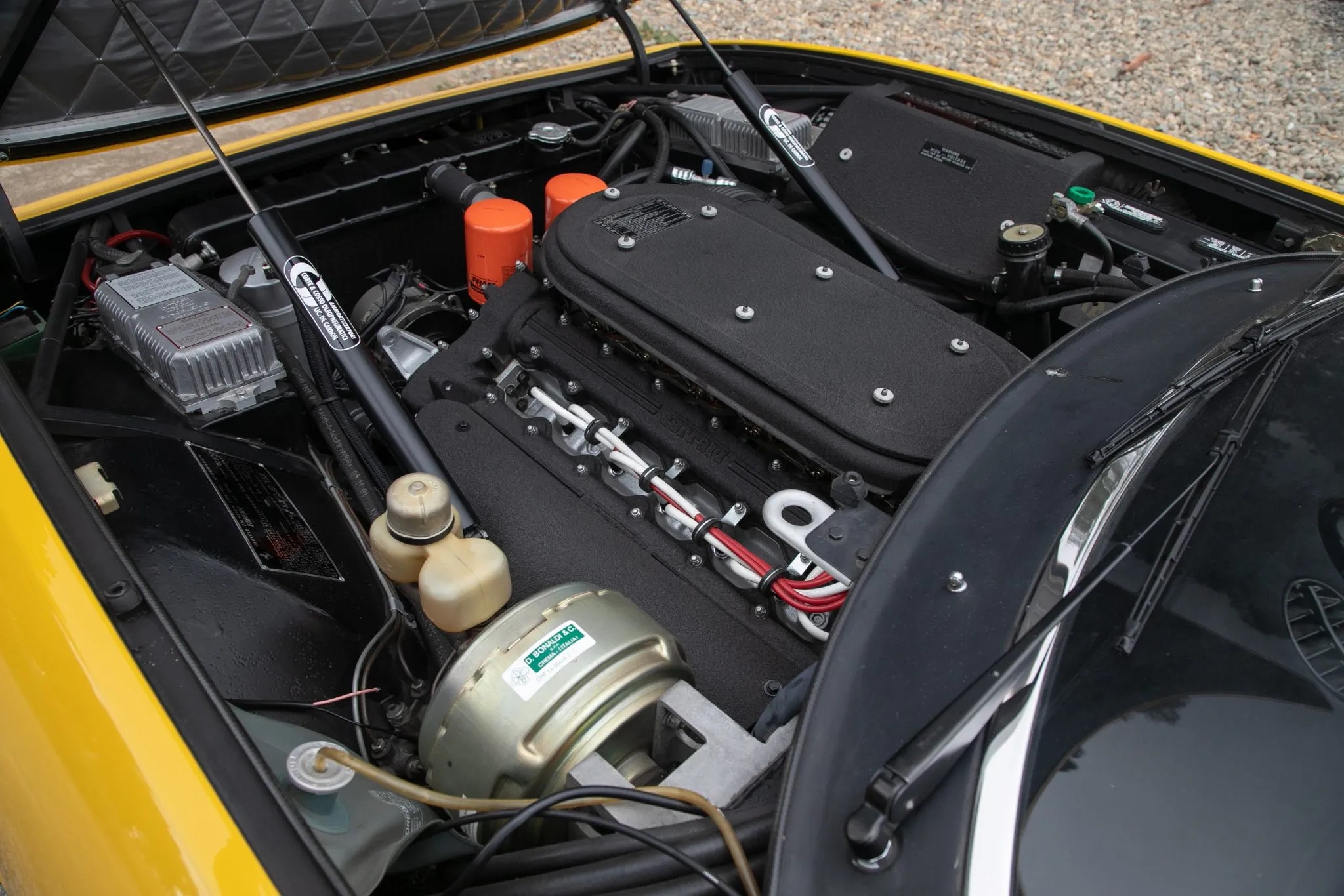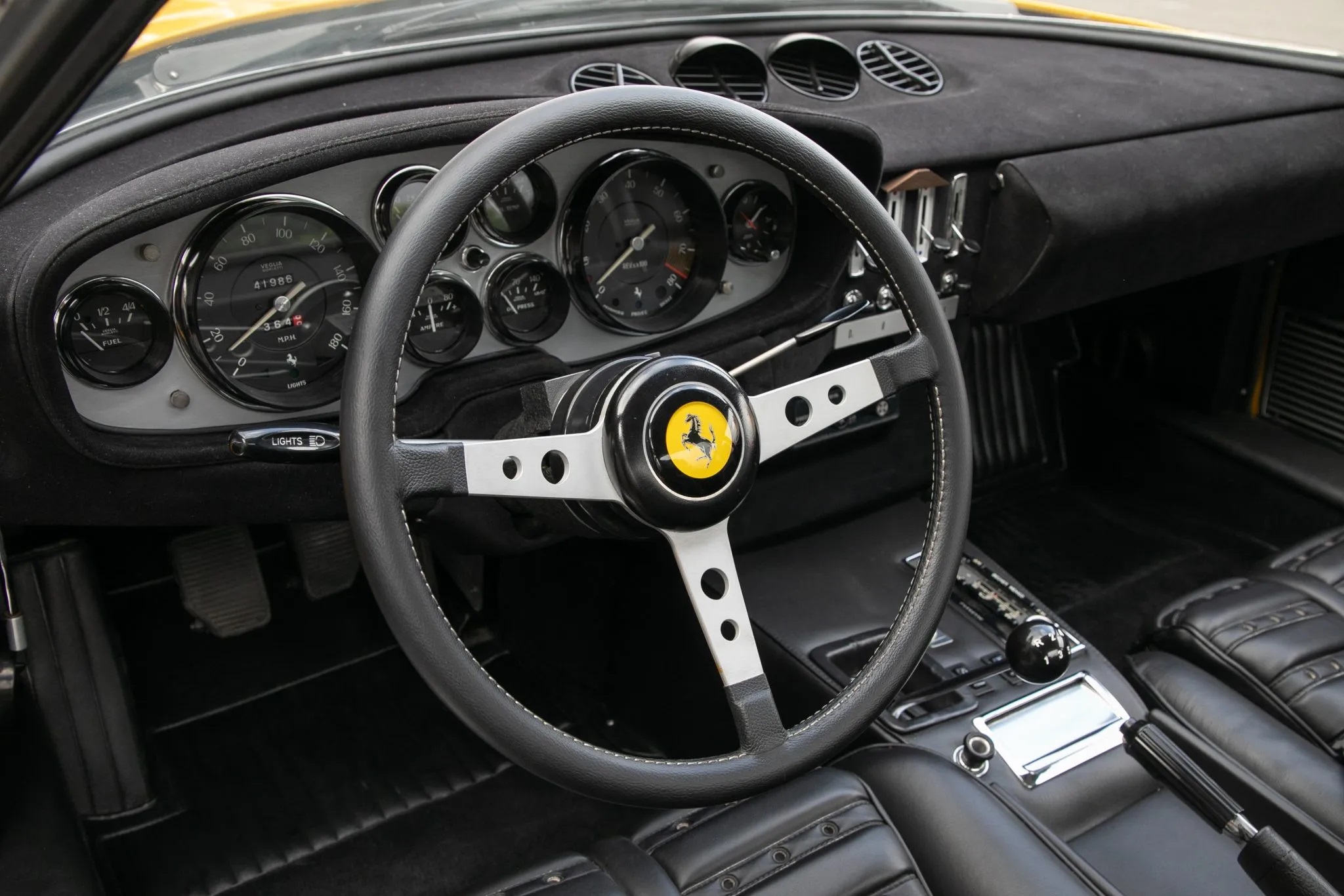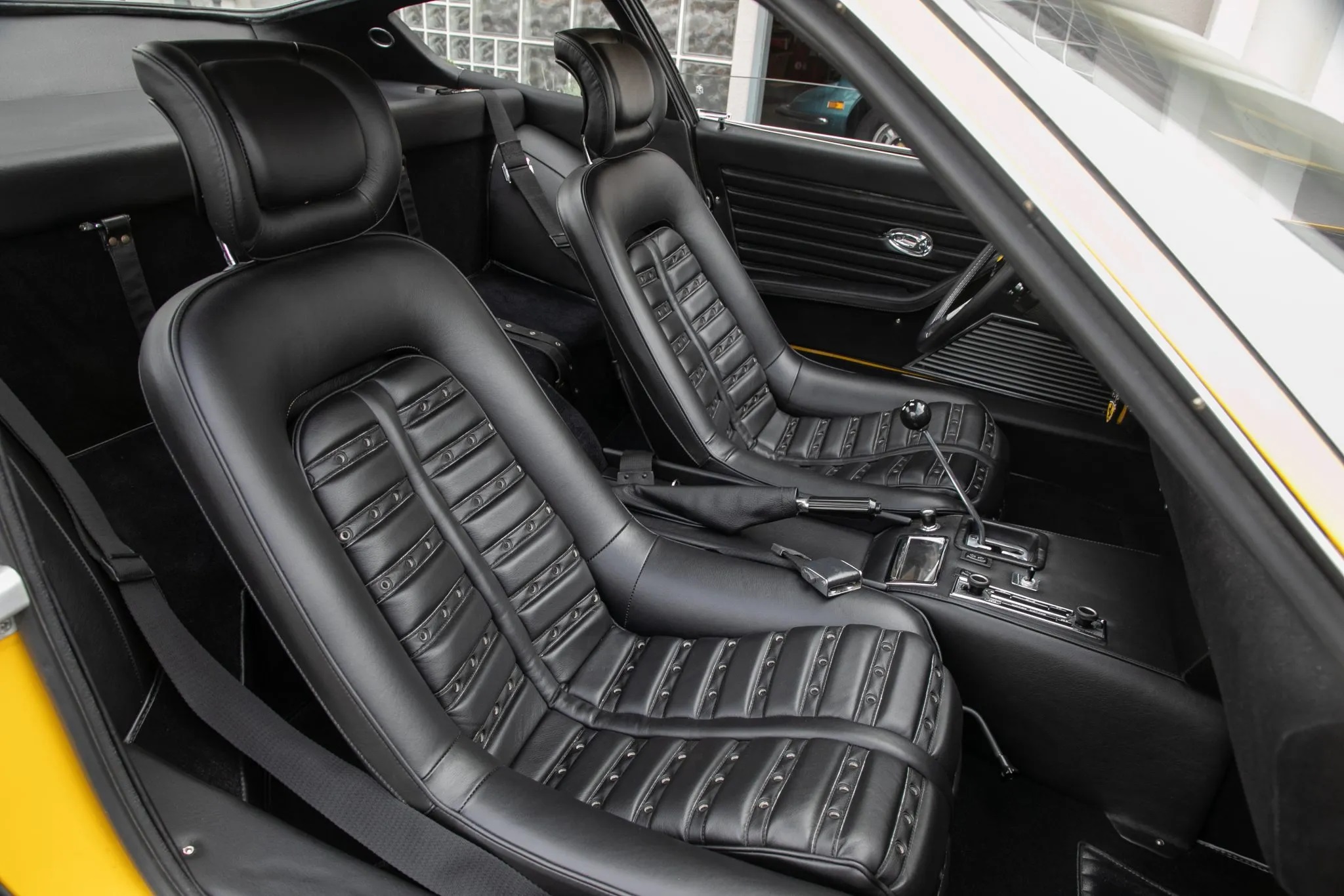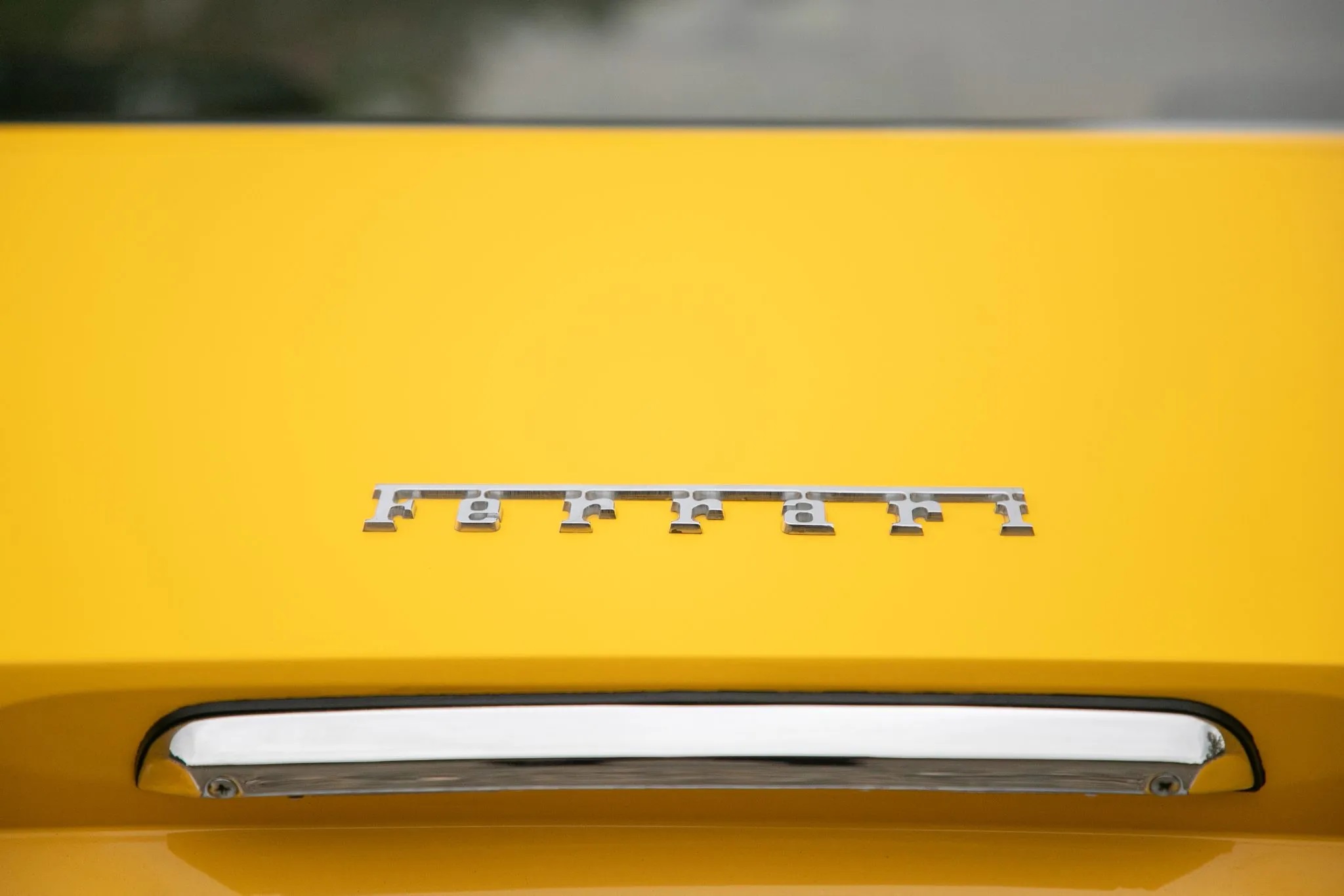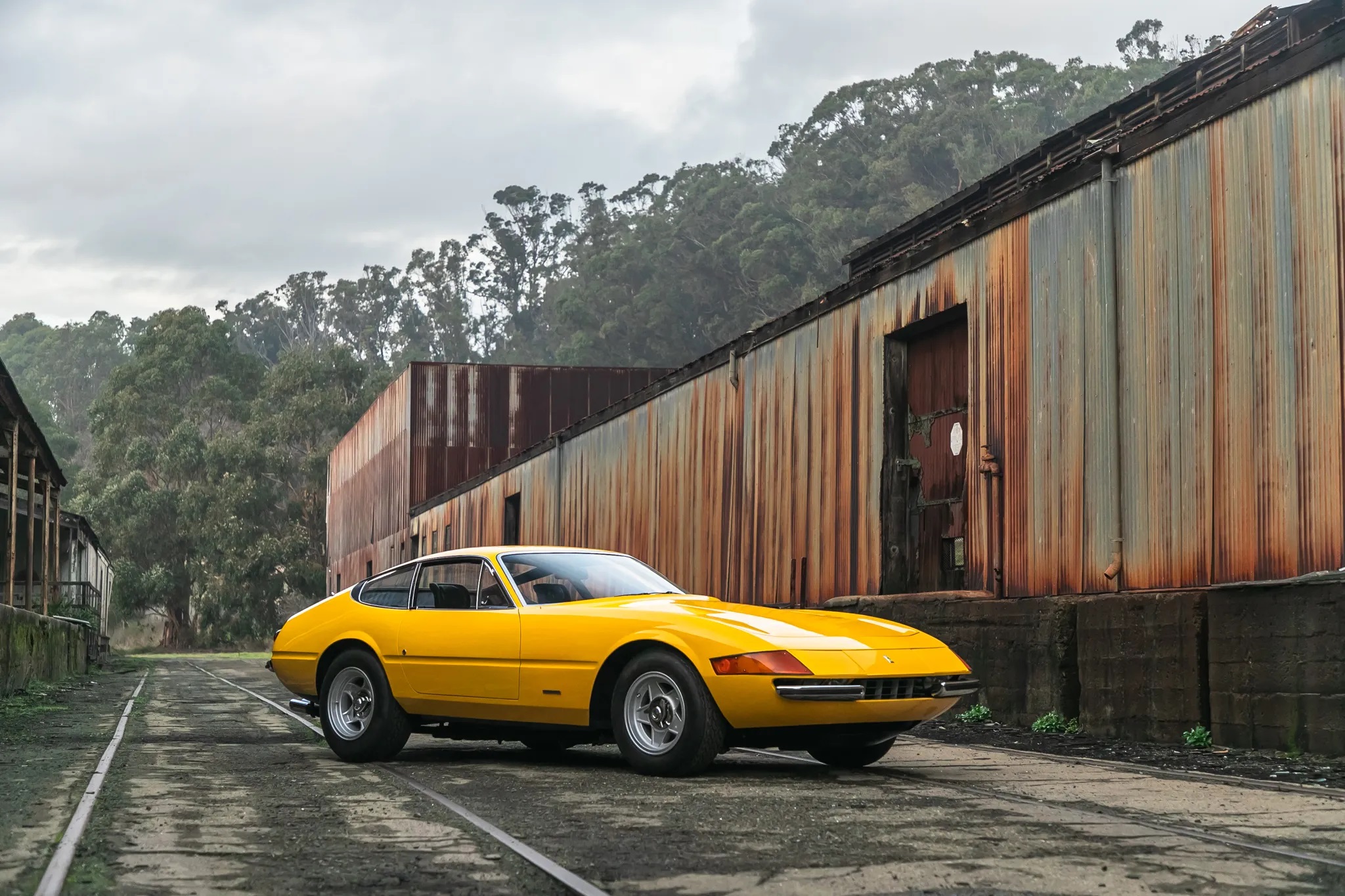In 1967, Ferrari embarked on creating a more powerful 4-cam V12 Berlinetta to surpass the 275 GTB/4. This new model had to meet emerging US federal regulations, requiring significant development time. The first prototype emerged in the winter of 1967, featuring a design that foreshadowed the final version, though its front end resembled the 275 GTB.
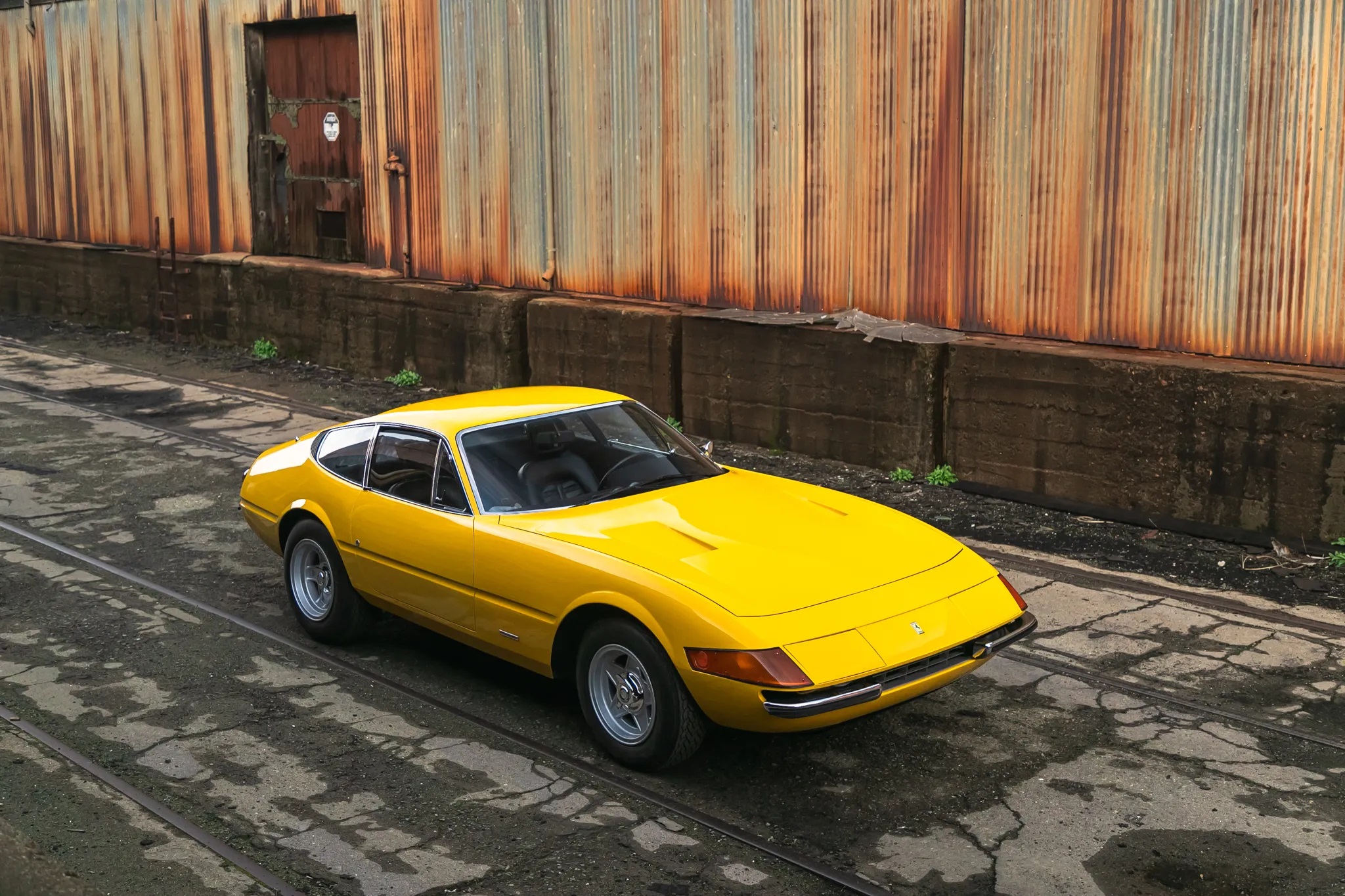
Initially, Ferrari experimented with a three-valve per cylinder 4-liter V12 engine but eventually opted for the Tipo 251 power unit. This engine was a traditional 4.4-liter with hemispherical combustion chambers, twin-cam heads, and single-plug ignition, similar to those in the 365 GT 2+2, GTC, and GTS models.
The 4.4-liter engine featured a dry-sump lubrication system with a 14-liter tank, an 8.8:1 compression ratio, and six Weber 40DCN carburetors, producing 352bhp at 7,500rpm and 318lbs/ft of torque at 5,500rpm. The mechanical setup, including the engine, torque tube, and rear-mounted 5-speed transaxle, was mounted to the tube chassis at four points, maintaining the 2.4-meter wheelbase from the 250 GT SWB.
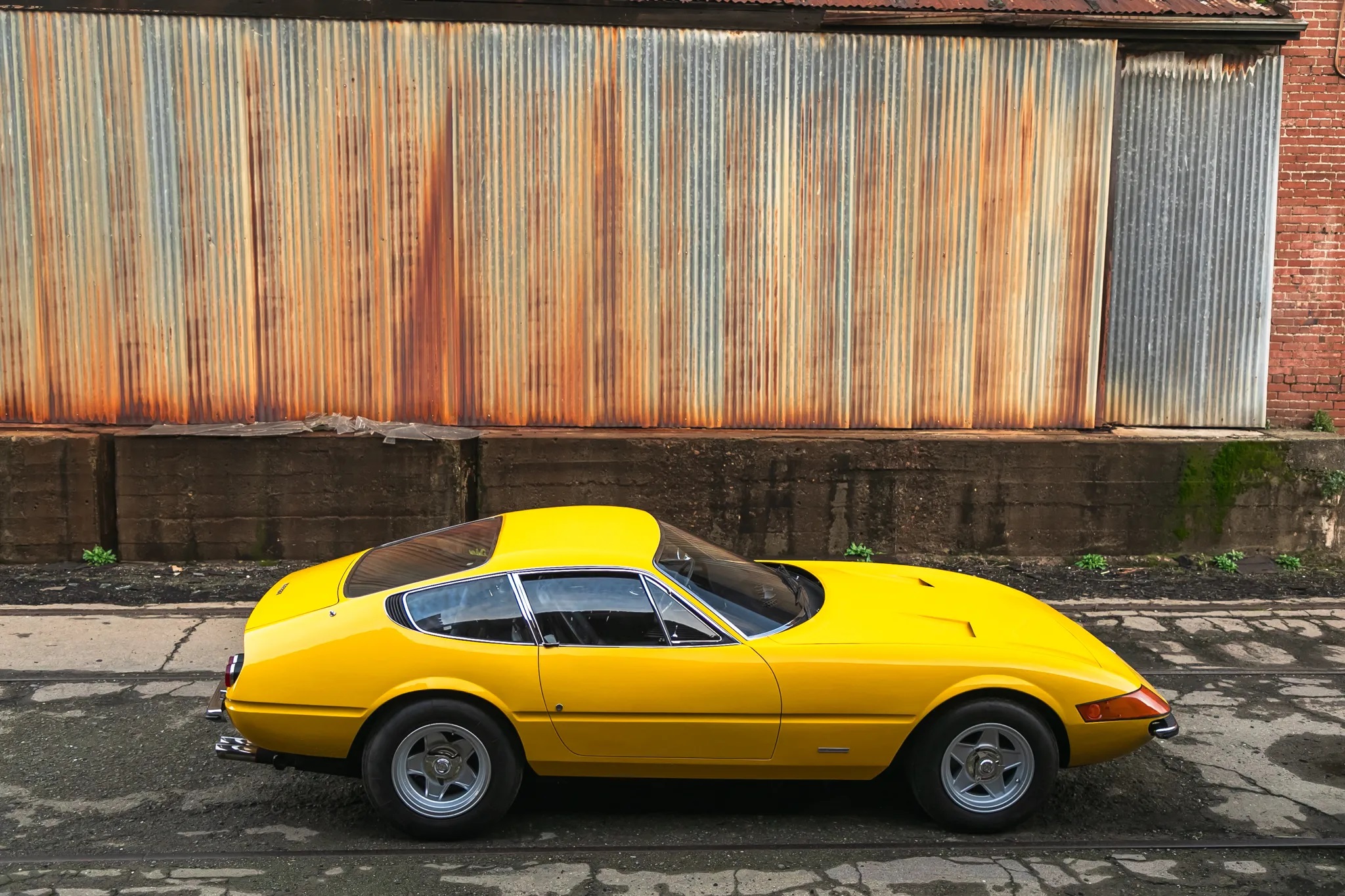
Pininfarina designed the 365 GTB/4, blending Ferrari tradition with modern elements. Scaglietti crafted the production bodies, while Pininfarina built the prototype body. Revealed at the October 1968 Paris Salon, the model was nicknamed the ‘Daytona’ after Ferrari’s 1-2-3 finish at the 1967 Daytona 24-Hour race. In early 1971, retractable headlights were added to meet US safety regulations.
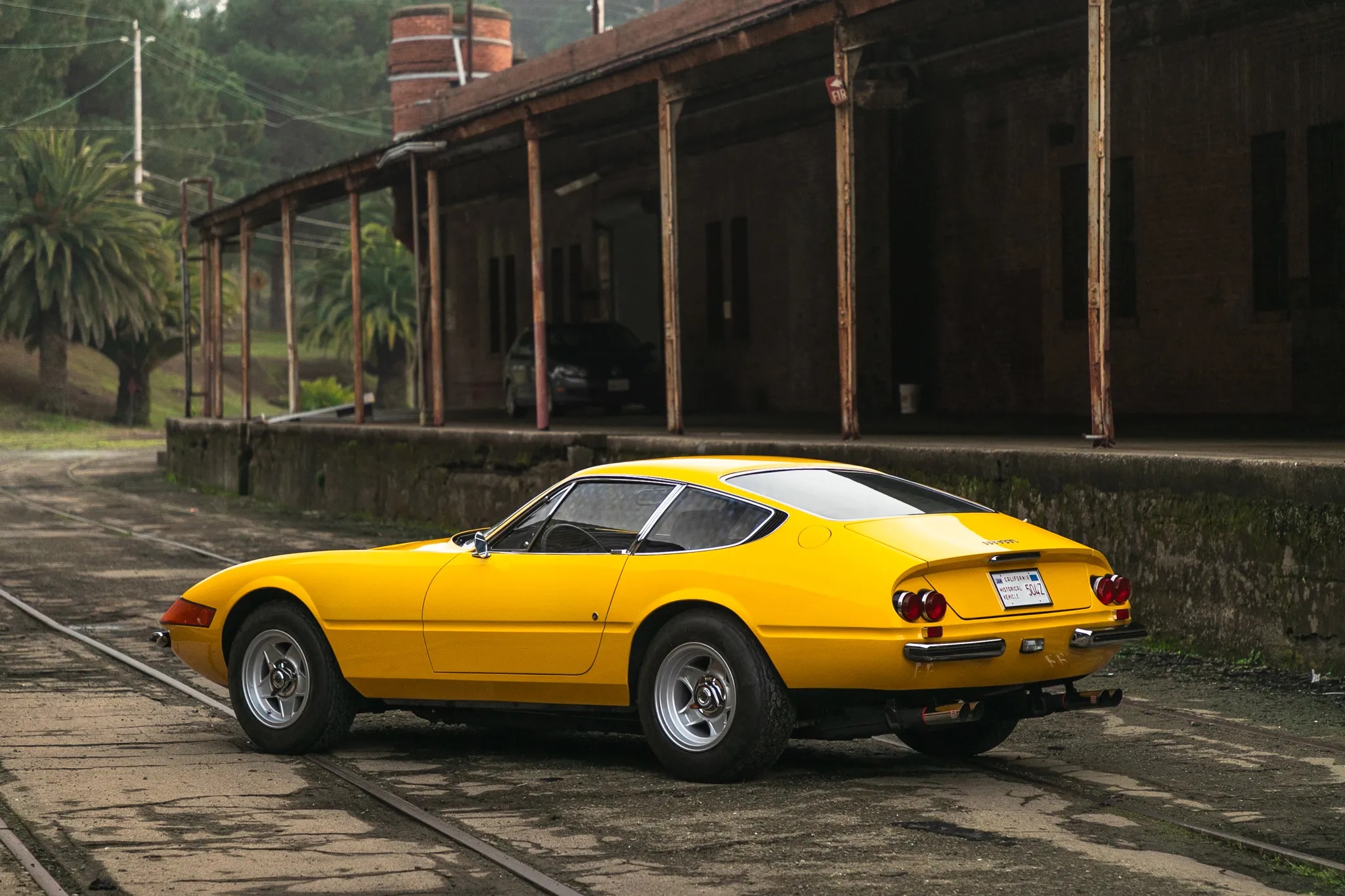
The Daytona, capable of reaching 278km/h (172mph), was the fastest production car of its time, with the quickest acceleration, outperforming rivals like the Lamborghini Miura, Mercedes-Benz 350SL, Jaguar V12 E-Type, and De Tomaso Pantera.
Photo Source: Bring A Trailer


